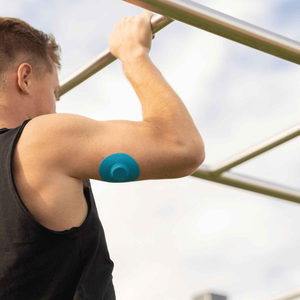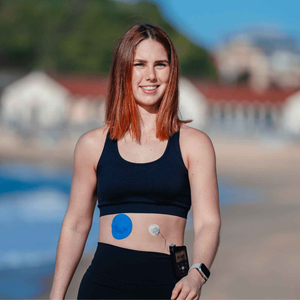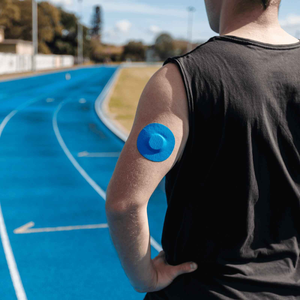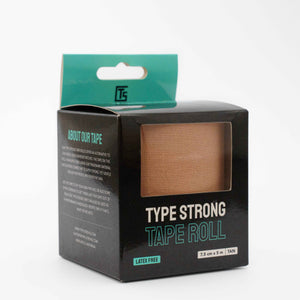Type 1 diabetes is different for every individual. Many people have to follow strict regimes in their daily life to manage the disease, which can have a serious impact on their quality of life. The condition has to be monitored so precisely that it often requires sacrificing one’s sense of freedom and spontaneity.
Diabetes Management
The good news, however, is that diabetes management technologies have improved rapidly in recent years and are continuing on an upward trajectory. In the past, patients performed a finger-prick test using a portable glucometer throughout the day to keep track of their blood sugar. Nowadays, many people can use continuous glucose monitoring (CGM) sensors to easily check their blood sugar at any time.
While researching this topic, we came across two emerging technologies that are being tested and introduced to make Type 1 management easier and elevate the quality of life for every person living with the disease.
Raman Spectroscopy
One of the challenges of living with Type 1 is the inconvenience of multiple finger-prick tests (around 10 or more per day) to track blood sugar levels. While using CGM devices can reduce the number of finger-prick checks needed, devices such as Dexcom still depend on daily blood calibrations to ensure accuracy.
Studies have shown that many diabetes patients don’t test their blood sugar levels due to the pain and inconvenience of the needle prick. Hence, MIT scientists have been working on an alternative to CGM's that uses laser technology instead of blood samples to measure glucose concentration. The device that they have created uses Raman Spectroscopy, a non-invasive method that reveals the chemical composition of tissue, such as skin, by shining near-infrared light on it. The technique scans the signal provided by glucose located in the interstitial fluid that surrounds skin cells.
The Laser Biomedical Research Center at MIT have spent the last 20 years working to develop a glucose sensor that uses Raman Spectroscopy. While the technology is promising, more work needs to be done to make it user-friendly. Currently, it is reported that the device is almost the size of a desktop printer, and scientists are now working to make it smaller and easy to use.
Peter So, a biology and mechanical engineering professor at MIT, states that the latest advances show Raman-based sensors for continuous glucose monitoring will be feasible in the near future.
The Artificial Pancreas (Automatic Insulin)
Automated Insulin Delivery (AID) has many names, such as the artificial pancreas and the hybrid closed loop. Simply put, they all refer to an “all-in-one” diabetes management system that automatically monitors and regulates blood glucose levels by delivering insulin when it is needed using an insulin pump.
The AID system eliminates the dependency on finger-prick tests, the inconvenience of multiple daily injections, and the need for insulin pumps manually controlled by the patients or caregivers.
A clinical trial funded by the National Institute of Diabetes and Digestive and Kidney Diseases (NIDDK) in the US has revealed that the artificial pancreas is safe and effective for managing blood glucose levels in children as young as 6 years of age. This trial, along with many more, is part of a larger research initiative known as the International Diabetes Closed-Loop (iDCL) Study that includes testing several artificial pancreas systems to ensure their safety, effectiveness, and user-friendliness.
Two commercial systems are already available in the US market, Medtronic and Tandem, both of which have the automated algorithms built directly into the devices. Additionally, a French company called Diabeloop has developed a smart algorithm that works on a dedicated handheld receiver or smartphone app, which then integrates with a connected insulin pump and a CGM device. The company has been working closely with Type 1 patients to develop personalised solutions using artificial intelligence to simplify and improve the management of Type 1 diabetes.
Wrapping Up
As we embrace innovative technologies like CGM and the promise of a brighter future, complement your journey with our CGM Patches. Simple, reliable, and designed for your comfort, they align seamlessly with the evolving landscape of diabetes care. Try our CGM Adhesive patches today and experience the difference. Your path to a more straightforward, more convenient diabetes management starts here.





